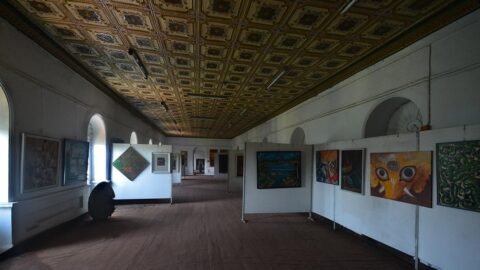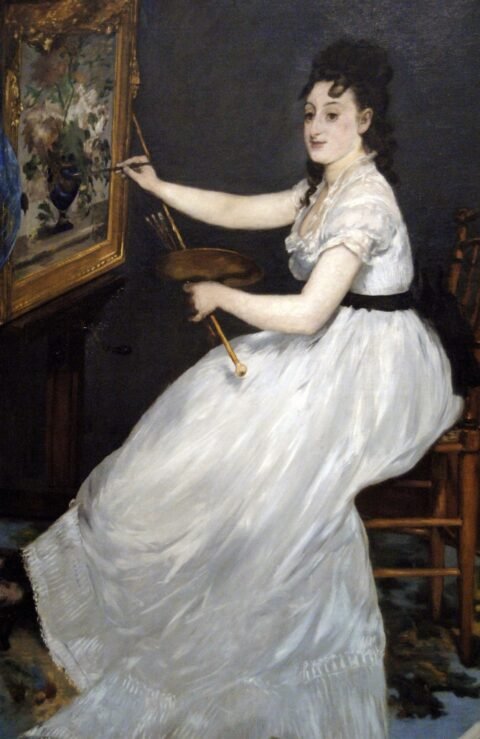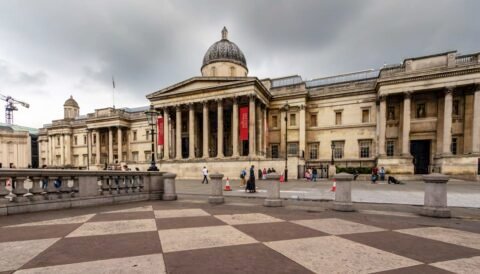Students use their know-how in product design to send the message – save our streets – writes Zoe Mak
The arts have become a popular channel to drum up awareness of the city’s heritage and culture. Wing Lee Street in Central, which is the setting for Echoes of the Rainbow, drew unexpected global and local recognition for ‘old Hong Kong’ after the local film won the Crystal Bear award at the Berlinale 2010 festival.
In another example, students recently joined hands to create artworks for an exhibition in Central to raise awareness of the city’s heritage. The students put up art installations and product and concept designs for old businesses in the Central and Sheung Wan districts.
Ken Yip Kam-shun, a third-year product design student at the Design Institute, and his two schoolmates created a snake-wine bottle for ‘She Wong Lam’, or the Snake King, a shop that sells snake soup and snake wine in Sheung Wan.
‘The exhibition organisers took us on a tour around Central and Sheung Wan and we met the owners of old shops. We thought the snake shop was a local icon that not many people would choose to do [a product design for], so we gave it a try.’
Yip says while snake soup is widely known, snake wine is quite alien to the younger generation.
‘That’s why we want to help the Snake King promote his snake wine,’ he says, echoing the purpose of the design campaign.
The students took PVC fabric with a snake-skin print, wrapped a wine bottle from top to bottom in it and sewed it into the shape of the bottle. Yip says the idea is inspired by the traditional way of removing a snake’s gall bladder.
‘The technique is very local and traditional and we tried to combine this concept into the design,’ Yip’s teammate Sanson Chan San-sang says. ‘We found a tight material with a snake-skin print to wrap up the wine bottle. As you pull out the bottle from the bottom while holding the top, it feels and looks like you’re the snake king trying to take the gall bladder out of the snake.’
(From left) Sanson Chan, Ken Yip and Chow Cheuk-yin show off their snake-wine bottle packaging.
Another group of students, also from the institute, designed and made rolls of toilet paper imprinted with maps of public toilets in Central and Sheung Wan.
‘Public toilets serve our basic needs and we hope they can be the very first thing that young people think about and visit when they try to understand local culture,’ says Tse Yan-lamb, a second-year product design student.
Tse and three schoolmates printed their maps on square pieces of paper, then taped them together and rolled them into toilet paper rolls. Visitors to their exhibition showroom can tear the ‘toilet paper’ off as souvenirs and use the maps to look for toilets when nature calls.
The team learned a lot about the history of the public toilet while researching for this project. Tse says the most amusing example they found was an underground toilet in Wellington Street.
‘There’s only the men’s toilet. We tried to find the women’s but couldn’t. We found out the facility was built almost a century ago and only men had the privilege to use public toilets back in those days.’
The HAD Walk exhibition, now on at the former Police Married Quarters on Hollywood Road, is organised by Hulu Culture, a non-profit organisation dedicated to promoting and preserving local culture.
The exhibition is free and will run until Saturday. Guided tours and workshops are available during exhibition hours.




